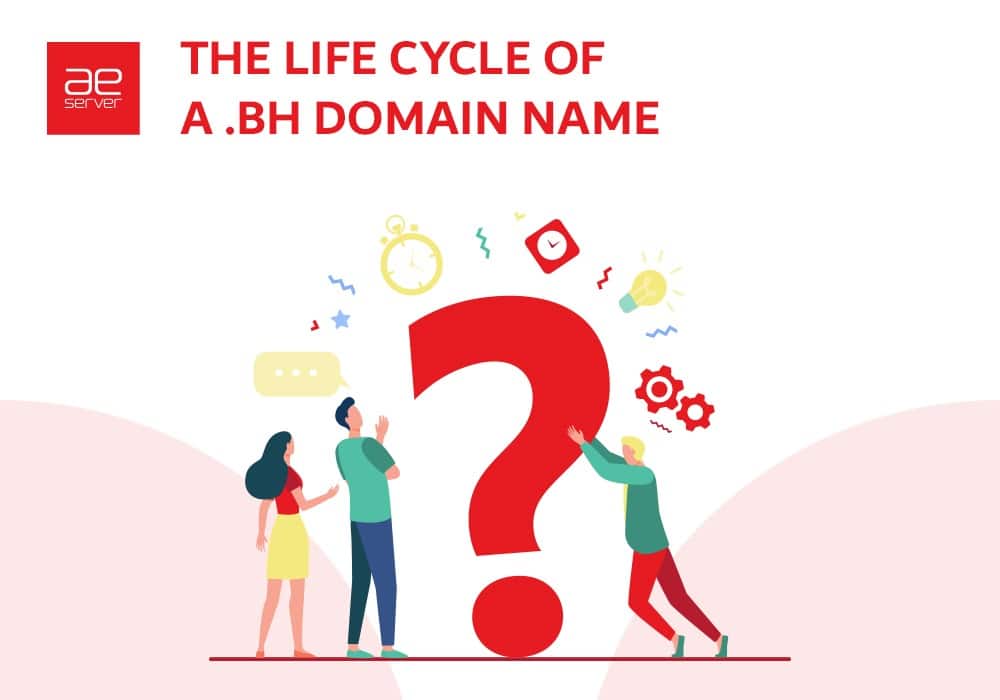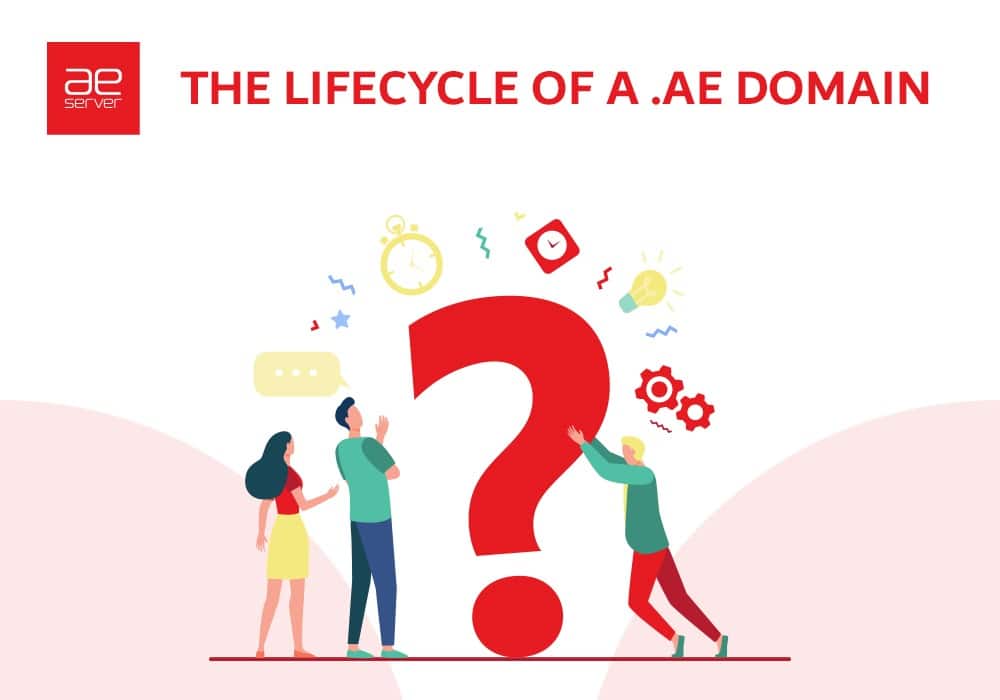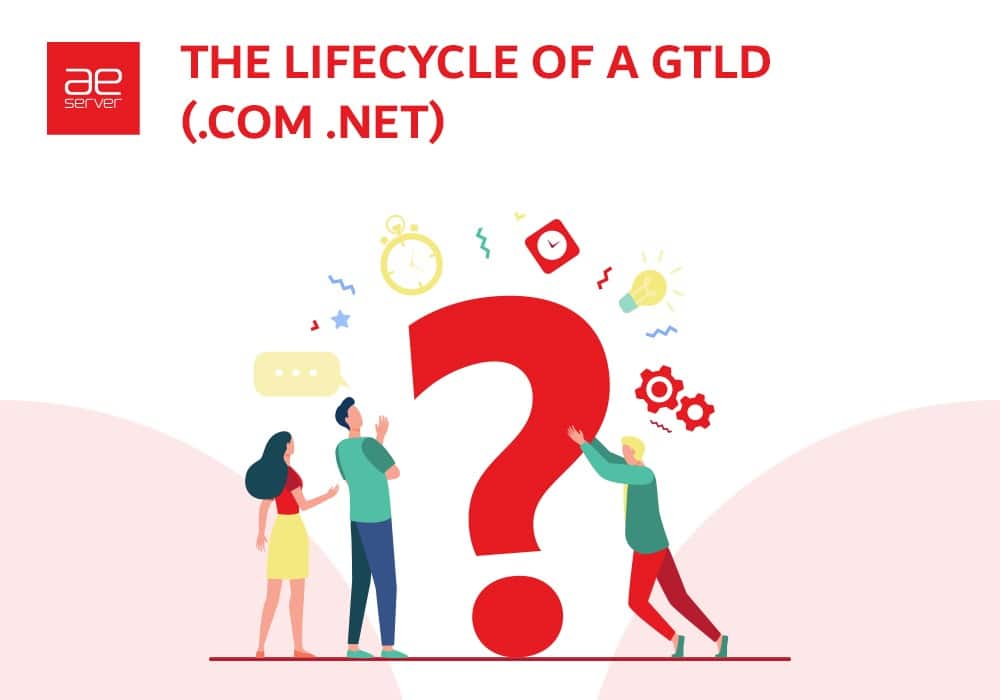
How Can a Broken Link Impact Your Website Ranking?
The presence of broken links is why you can lose your website traffic. These are usually the links that don’t work. It can be a link that directs visitors to a page outside your website or a page inside your website. When a visitor clicks on a broken link, a 404 error will be displayed, indicating that the page could not be found. It’s frustrating for visitors when the link doesn’t take them to where they expect to go. This reflects the poor quality of your site and your brand. If you can’t maintain a website, how can you expect more traffic and trust of visitors in the quality of your brand?
There are many issues with broken links. When you have broken links into your website, it indicates to Google and other search engines that your website is not up to date, and it can hurt your search engine ranking. When your rankings decline, so will your website resulting in fewer visitors.
There is a method called canonicalization which identifies a specific URL. It is necessary because there may be several similar URLs that can take visitors to the same page, for example “aeserver.com” and “www.aeserver.com”; these both URLs direct visitors to the same page. Both the URLs are slightly different; it might confuse the web crawlers which one to index. By adding the rel” canonical” attribute to your page’s
element, it identifies the URL as one to index page content under it.Also, information like page titles and descriptions are vital for SERP because the title and description provide the information about your page; without them, the visitors will be less likely to visit the link. So it would help if you made sure the title and description accurately reflect the content of your page that the link directs the visitor to.



